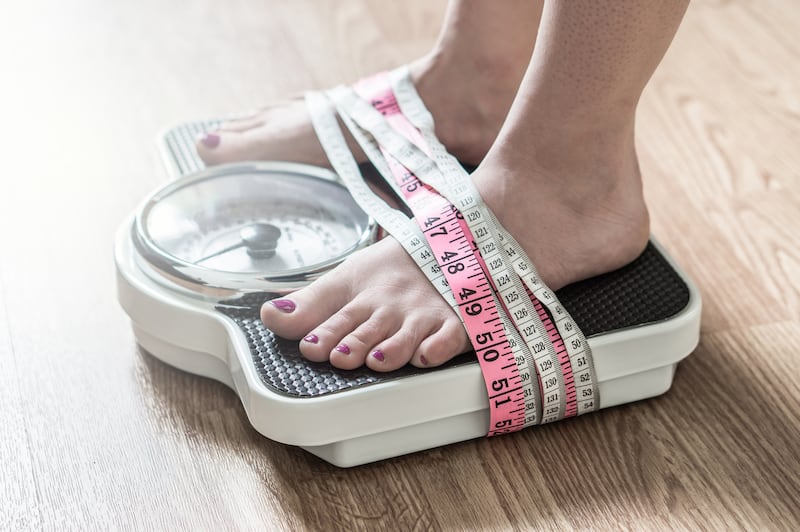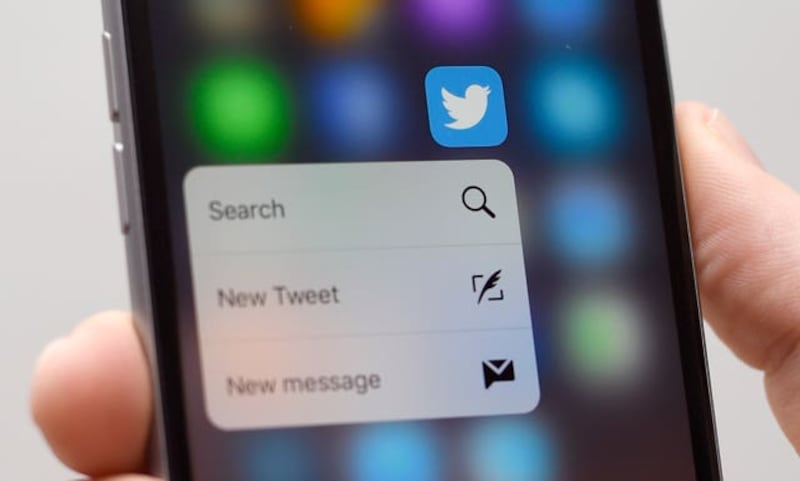“Thinspiration” and other pro-anorexia hashtags may have been banned from Instagram a few years ago, but it has been replaced by another, more disturbing version celebrating extreme thinness: bonespiration.
According to research from the University of Exeter, skeletal images of bodies with extremely thin limbs and protruding hips and collarbones are being regularly shared on social media.
The purpose of #bonespiration? To boast about a skeletal appearance and inspire others to achieve the same emaciated look.
According to the University of Exeter’s Medical School, the posts mostly come from women.

Analysing 730 images on social media, the researchers found “26% of images showed hip bones, 23% showed jutting ribs and 22% showed protruding collarbones”.
There were also 6% showing protruding spines.
Psychologists fear that easily accessible social media is replacing pro-anorexia websites, and hashtags like “fitspiration” – supposedly the goal for healthy bodies – occasionally feature skeletal images.
“Some platforms for posting such images are hidden within mainstream sites,” the researchers say.
Examples include Twitter accounts such as “thinspiration”, which posts photos of skinny celebrities and young people with pencil-thin legs and protruding ribs, collarbones and spines.
Exciting to see my #thinspo paper had a shout out on @1extra earlier. Want to read the full paper? Here's the link: https://t.co/KzUrwsH5St
— Catherine Talbot (@CatherineTalb) October 8, 2017
The researchers say the sites are increasing pressure on teenage girls to aspire to extremely thin bodies while “contributing to a distorted view of their own body”.
Catherine Talbot, a psychologist and lead author of the paper, described the trend as a form of “social contagion”.
“Anorexia and extreme weight loss is a serious social and medical problem,” she said.
“To tackle this social contagion we need to be aware of the social media platforms being used by young people – mainly girls and young women – which is encouraging extreme weight loss.

“This behaviour could seriously damage their psychological and physical health.
“Teenagers need to be taught about positive body image in schools and we need to build resilience.”
The researchers say social media sites like Twitter and Instagram raise questions about whether tougher regulation is required – but they fear that efforts to ban these types of images would only lead to different hashtags appearing within days.
A spokesman for Instagram said in a statement: “Keeping Instagram a safe and supportive place is our number one priority.
“We have zero tolerance for content that encourages others to harm themselves and quickly remove any content which breaks our community guidelines.

“We recognise that eating disorders are a complex issue and in partnership with our experts and through our in-app tools we strive to go beyond simply removing content.
“Related hashtags can often include posts condemning self-injury and in many cases can help us to identify and support those at risk.”
Instagram has been working with the National Eating Disorders Association to produce in-app content and advice on its Help Centre.
Twitter declined to comment on the research but the company has also been working to tackle sensitive as well as abusive content.
The microblogging site is working on a “safe search” feature which removes tweets that potentially feature sensitive content from blocked and muted accounts from search results.
The research is published in the Journal of Eating Disorders.








